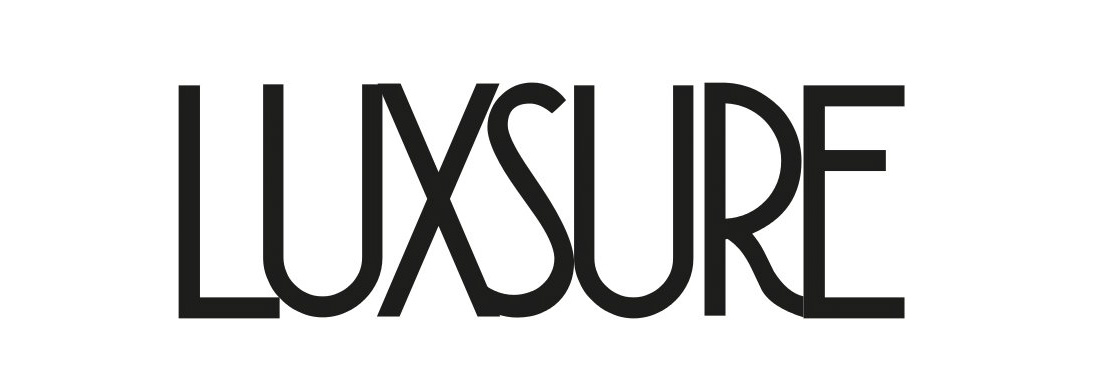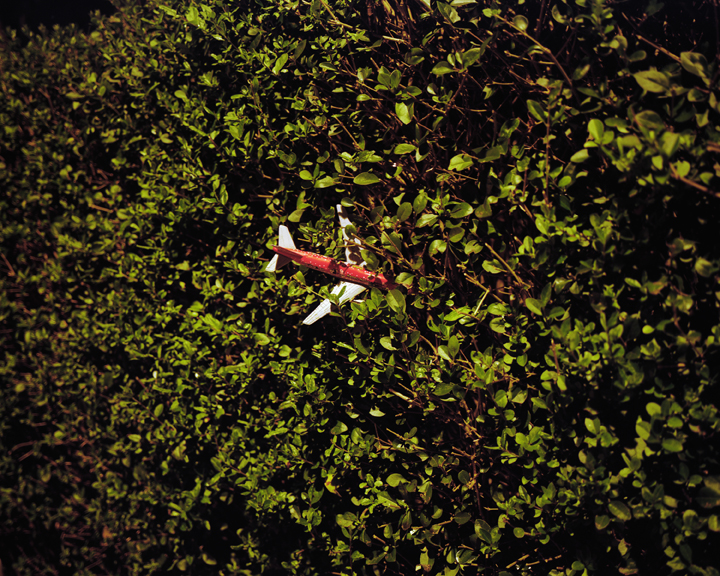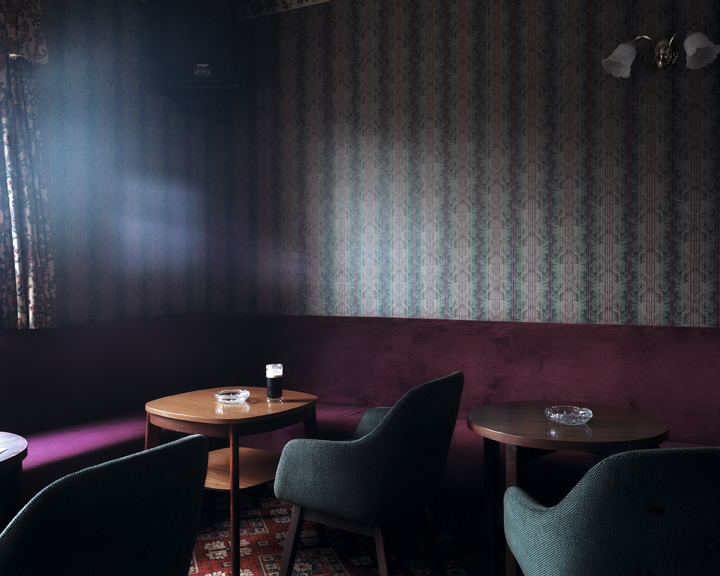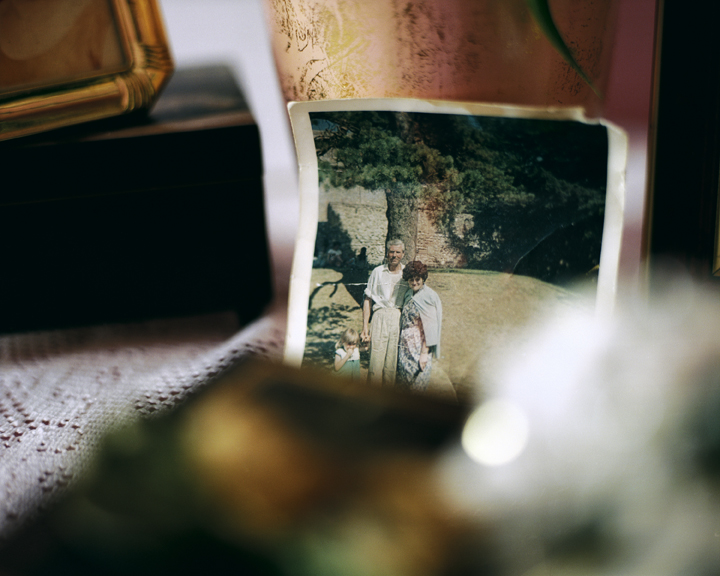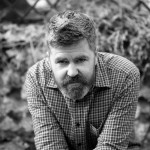Stephen J. Morgan is currently exhibiting at the Wapping Project Bankside gallery in London. His exhibition, which started on the 08 July 2010 and will remain at the gallery until the 14th August 2010, is a selection of photographs illustrating the work he has done as a photographer over the last eight years. His opening night was a nice, friendly and interesting event, where people of various background enjoyed large displays of several of his photographs. From objects, to people, to still scenery, Mr Morgan illustrated Birmigham the way he saw it, with its memories, its faces, and its surroundings.
The exhibition was a window on the city of his childhood. It was rich in memories, contrast, austerity and simplicity. From the play in textures of the photographs of where his grandfather sang and drank, to the colors of the objects in contrast with their dark environment, the exhibition is not to be missed
Please tell us about the general message behind your current exhibition at the Wapping Project Bankside gallery .
It’s about many things, the exhibition consists of 4 projects over a period of 8 years. The way I work, I hope, means they can all sit together. I’m a great believer in the power and the beauty of the individual photograph. So although they are in series, they don’t rely on each other. When viewed as a whole (as in the exhibition) or within their series, they have a cohesion. So the themes that run through the exhibition are » The memory » and it’s abstract nature, family history and being 2nd generation Irish. It’s about a time that has gone. A time that I miss.
There is a constant feeling of loneliness and austerity in those pictures. Would you say it illustrates your childhood and education?
To a certain extent I suppose. My childhood was a happy one and my education was normal. I lived on a council estate in Ladywood Birmingham and that was a happy time for me. I felt safe, had my brother, my friends and Raleigh Grifter. When my parents bought their first house just up the road, things started to change. I hit my teens, went to senior school and became very solitary. I spent a lot of time in my head, a lot of time drawing, painting and watching old movies. So that feeling of melancholy got a hold of me early and I think that comes through in my work
There is a recurrent theme of single object focus in your photographs, especially in “All very beautiful but not exactly what I’m looking for” and “Ladywood Fenian”. Whas that purposeful?
Without thinking too much about it, yes. « All very Beautiful » was early on, I hadn’t really taken that many photographs since I left college. I had moved from square format B&W to shooting colour on a Mamiya 67 rangefinder. It makes you shoot in a certain way and I was coming across these things in the street and it seemed like the most straight forward way to do it. Also when you move away from the subject it gets more difficult, so it was part of a learning process. In ‘Ladywood Fenian’ and also ‘On Any Given Day’ I do it less, but when I do it’s more purposeful, like the picture of the hula hoop that was taken outside my infant school. When I went back there I was surprised that they still had furniture, benches that were there when I was 6 or 7. So when I came across this hula hoop that had been thrown over the fence, I liked the idea that maybe it was one that I played with back then.
The images illustrating the place where your grandfather drank/where your grandfather sang, are rich with a feeling of texture and ambient nonchalance. Why did you choose not to introduce individuals in those photographs?
They were taken in The Ladywood Social Club and I have a lot of memories from there. I went back but decided not to document the club even though it would have given me a rich array of subjects and a lot more pictures than the five I walked away with. Through Jules Wright from the Wapping Project, I got introduced to Elina Brotherus’ work. Her work has beauty and intelligence, with such a touch of simplicity that it made me want to think in a different way. Jules was also of great help later on, as they showed me how a story could be more powerful with less. So I just photographed the 3 bars in the club where my grandfather drank and the two stages he sang on. It was a revelation to me. There are no people because it was about him, he was dead by then. Having people in the shot would have complicated it, it would have made it been about something else.
The lighting , in general, seems to be muffled, charging the image with a feel of the ancient and confined. Is that how you would like to illustrate Birmingham?
No, not at all. I shoot in natural or available light on film and that’s what you get. It’s as simple as that.
You seem to have been playing with the focus/out-of focus effect in several of your images, which resulted in a very interesting array of photographs. Which one is your favourite and why?
The photograph from my Nan’s house, which has the photograph of my Grandad Jack (my mom’s dad) and my aunt Carol, which she kept on her bedside table. For that reason.
Another recurrent theme in the collection of photographs you chose to exhibit, was the contrast between the colourful appearance of an item, a flower, or an object, in a dark background. What did you try to convey in those images?
There’s different meanings as to why the photographs exist and what is being conveyed. The one with the hula hoop, that’s very specific. As is the yellow rose that was planted by my mom in the garden of the first house they bought. In contrast, there is the photograph of the pink flower, which is just that. Each image has a story. Some funny and some sad. Some I only got conscious about after the photograph had been taken.
These stories and the messages I try to convey are what gets me to press the shutter at that particular moment in time. The image is what I want to convey. So the contrast of a colourful item on a dark background is just how it was when I came across it.
When did you decide you wanted to be photographer? What was the turning point or the motivation behind this career choice?
I was always going to do something creative. I didn’t think I could hack it as a painter. I also loved films and magazines like the Face, so I thought maybe one day I could get to photograph Mickey Rourke. I still hope to
Where would you like to be in 10 years , in terms of your photography career?
To continue to do my own work as I’m doing it now, for myself. To have shows and exhibitions, not just in London but all over the world as well as to get published. That’s the next step.
Who would you say is your ideal professional photographer and why?
I Don’t like the term professional photographer, but my favourite photographers are Elina Brotherus for the reasons I previously mentioned. Garry Winogrand because he was a man obsessed and I understand his madness, and Paul Graham because he showed me how a photographer can find a new way of « looking ».
Stephen J. Morgan was born in 1970 in Ladywood in the city of Birmingham. He has been exhibiting since the mid 1990’s with a first major exhibition in 1996, “About a Young Idea” at the Levi’s Gallery in London followed by another exhibition in 2001,entitled “Reasonable Behaviour” at The Wapping Project in London. He has participated in group exhibitions such as the “Twenty White Chairs” exhibit at The Wapping Project in London in 2003. He exhibited twice in collaboration with his father, who enjoyed a similar interest in photography in 2005 and 2006.
